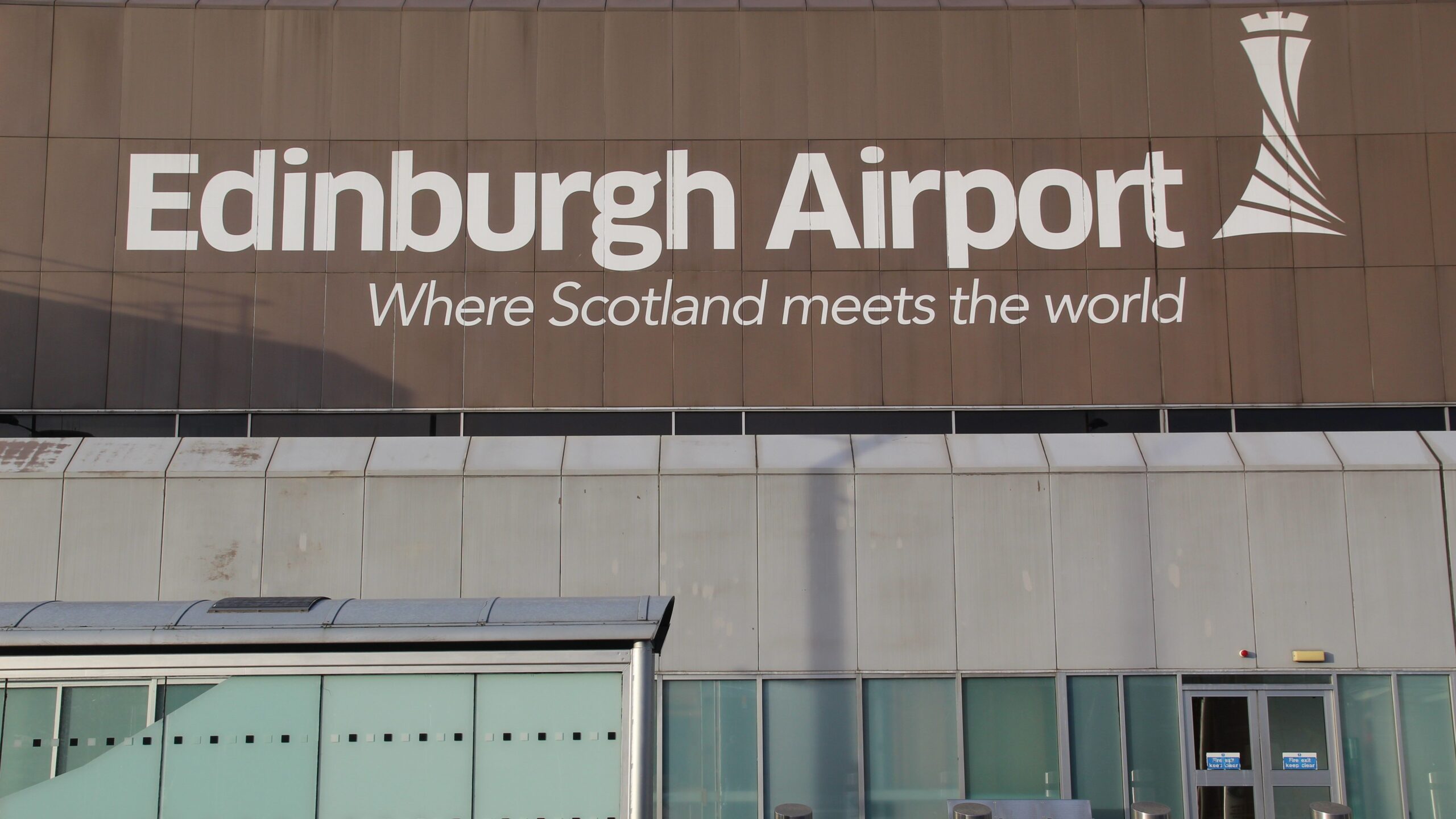Edinburgh Airport management will relocate a swarm of bees found at the airport’s parking lot earlier this month. To ensure a safe transfer and further testing to see if the bees were carrying any disease, the airport management has called on an expert with apiary facilities to help re-homing the swarm.
Unexpected visitors
Earlier this month, Edinburgh Airport
(EDI) management noticed a swarm of bees on a grit bin in the airport’s car park. Considering the safety of passengers and the bees, the management has decided to safely transfer the bees elsewhere. According to The Herald, the airport has called on the expertise of Beekeeper, Stephen Readman.
Reports suggest that Readman has already moved the entire hive into special boxes to be relocated safely, and the bees will be monitored for several weeks to ensure they are free of any diseases. The bees will be moved to Readman’s apiaries, where they can remain safely away from any interactions with the public.
Photo: nitsawan katerattanakul | Shutterstock
Readman, also being the President of the Edinburgh and Midlothian Beekeepers’ Association, stated that it is surprising to find a swarm because it is later than usual in the year. Readman states that swarming usually occurs during the late spring and summer seasons.
Monitoring emissions
It might sound unusual, but elsewhere in Hamburg Airport
(HAM), Germany, the airport management, along with the European manufacturer Airbus
, has been using bees to monitor emission levels in the vicinity of the airport for 25 years now.
The way it works is that the bees at the airport collect pollen and nectar from various different flowers in the area, and the honey that these bees produce is analyzed by an independent laboratory. The composition of chemicals found in the honey is a good indicator of the emission levels, and the most recent data shows that the emission levels at the airport are lower than the target. In fact, the data revealed that the emission levels at the airport were lower than those of Hamburg city center.
This method is termed bio-monitoring, and in addition to measuring emissions, it also provides insights into the quality of air, water, and soil in the area. Over 160 kilograms of honey is produced at the airport every year by the bees, and Airbus gives it to clients, suppliers, staff, and family members.
They can cause disruptions
Granted, bees can help analyze the environment and emissions at airports, but they are still capable of disrupting flight operations as well. Over the years, various incidents have been reported wherein swarms of bees caused delays and disruptions at airports.
Most notably, last year, a ![]() Delta Air Lines
Delta Air Lines
Airbus A320 aircraft was delayed by nearly five hours at Houston George Bush Intercontinental Airport
(IAH) because a swarm of bees had attached itself to the aircraft’s winglets. In this instance, due to various factors, the pilots had to resort to pushing back the aircraft from the gates, which finally resulted in the dispersal of the bees.
Among other things, there are also risks of bees housing themselves within the tiny holes in the aircraft pitot tubes and other sensors, which drastically affect the data available to pilots onboard the aircraft, which poses a significant threat and is a major flight safety factor.


